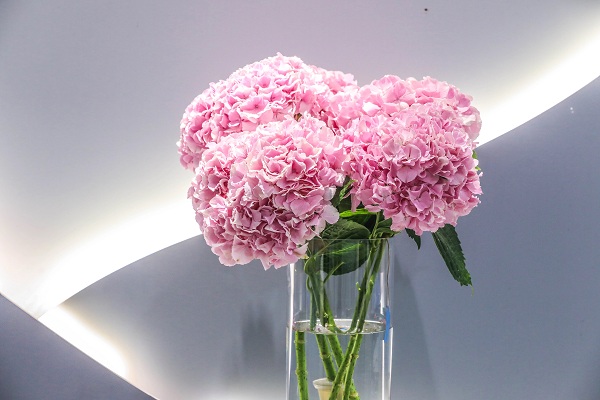By banking on the growing domestic popularity of Chinese designers, overseas-based department and multi-brand stores are building a new platform for local talents who, despite their rising fame, are still struggling to expand their businesses.
"At the moment, Galeries Lafayette is the only department store (in Beijing) selling my work," said Liu Qingyang, a Beijing-based designer, who studied at London's Central Saint Martins College of Arts and Design. "I previously approached a local, high-end store, but was bluntly told that they didn't have any room for a newcomer."
The rejection came despite the fact that Liu, who often goes under her English name Christine, can count herself as one of the most promising, high-profile young Chinese designers, and is rapidly achieving star status thanks to extensive media coverage.
For Jiang Yi, a local designer who, despite almost 15 years in the business is still reluctant to open his own store-in-a-store, the problem is one of simple economics.
"For any independent designer, the threshold for entering a major department store is prohibitively high. None of the preferential treatment given by department stores to their star tenants - the big household brands - will be available to us. As independent designers we are asked to go through a maddeningly strict approval process, and we have to surrender a higher percentage of our monthly income to the store than the established brands," he said. "This is especially true for local department stores. In foreign-owned ones, the policy is much more flexible, and I might say humane."
In addition to Liu, Galeries Lafayette's Beijing store has opened its arms to a handful of budding designers. One of them, Gao Yang, also known as Simon Gao for his eponymous brand, has launched a special collection that will be sold exclusively in the store.
However, despite the space and autonomy given to a few designers by one department store, this model is not the only option. For fledgling designers eager to align themselves with a prestigious retailer but who are also more cost-conscious, multi-brand stores such as Lane Crawford offer an alternative.
Operating on the fashion buyers' system, where a store pays directly for designer items selected by its own team of buyers, the Lane Crawford model provides designers with exposure at minimum expense. The company's Shanghai store, which opened in mid-October and is touted as its biggest, has cherry-picked the work of three young Chinese designers, including Liu Qingyang.
"The knowledge they have about their customers is extraordinary," said Liu. "I've been asked to make certain design changes based on presumed customer needs."
The store has selected 15 items from her 50-piece autumn-winter collection to feature in its new space.
Also included is Liu Min (no relation), another graduate of Saint Martins, whose "classic with a twist" designs have just started to make headlines within fashion circles.
"Lane Crawford offered me a real window and, stylistically, the 10 pieces they have chosen fit so well with the rest of the merchandise," said the designer whose online shop has a fan base in excess of 80,000. "But of course, I would like to have a physical shop of my own in the future."
According to Liu Min, when foreign stores choose young Chinese designers, they are looking for people who can represent Chinese design. "I'm not necessarily talking about designs with Chinese elements, although my works do include some of those," she said. "Designs that reflect the dynamism and diversity of China today - that's what I mean."
By standing behind budding Chinese designers, foreign companies have effectively conveyed an image of their stores as launching pads for tomorrow's fashion stars.
"Whether these designers will sell is a question that only time can answer," said Yu Kun, a fashion editor in Beijing. "But for the moment, it has brought them both some deserved publicity."


